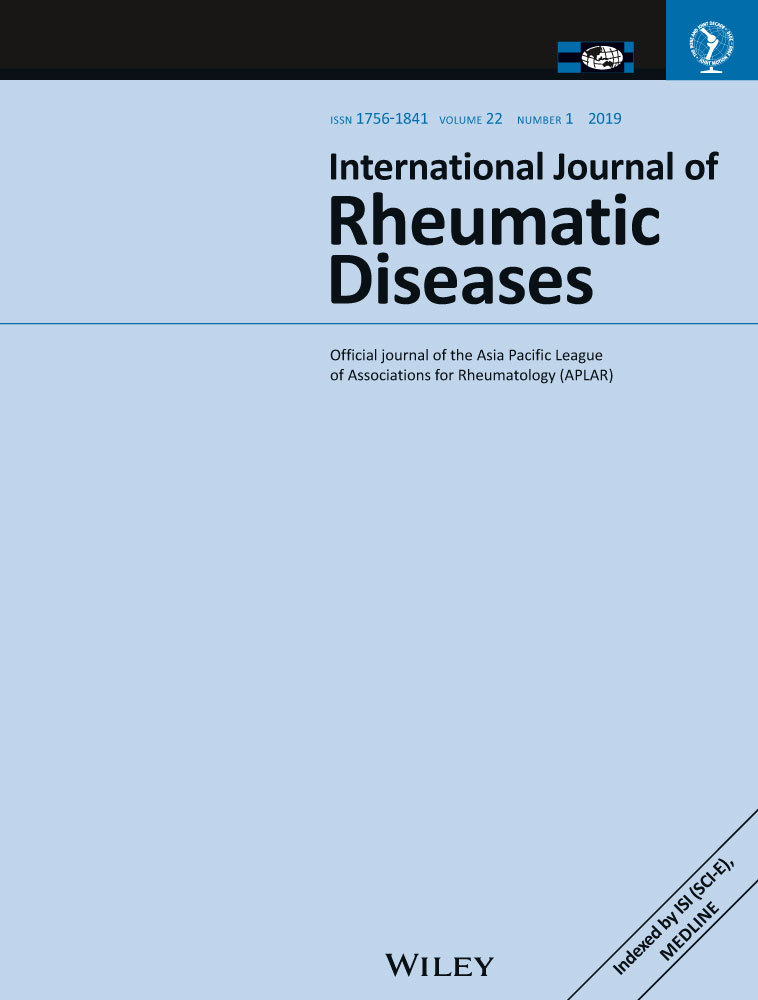Reduced efficacy of transcatheter and surgical revascularization in Takayasu arteritis
Abstract
A 55-year-old woman with newly diagnosed Takayasu arteritis was followed for 7 years, during which time she underwent bare metal stenting, drug eluting stenting and coronary bypass grafting for critical coronary and renal artery stenoses. Interventions were initially successful but restenosis occurred within 24 months for all modalities. In contrast, native vessel disease was largely stable after the introduction of immunosuppressive therapy. We advocate a conservative revascularization approach in Takayasu arteritis in the absence of critical end organ ischemia and early optimization of medical therapy.




